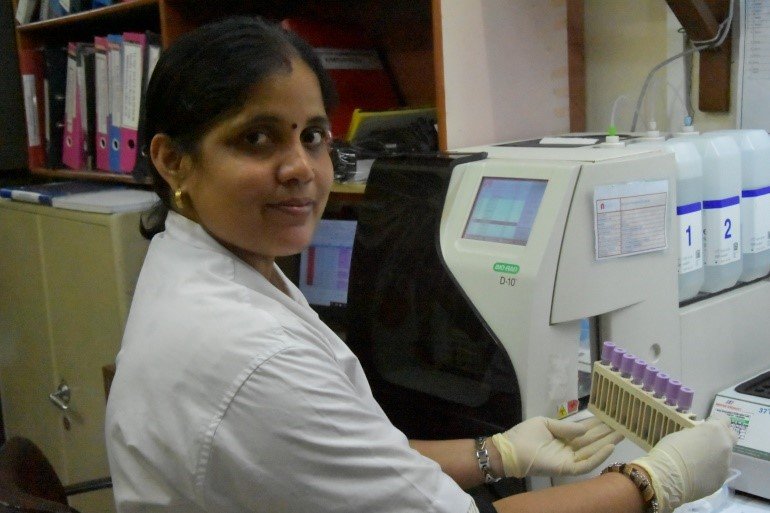In vitro diagnostic (IVD) tests are likely to be a part of everyone’s life, in many
cases, more than once. Yet most people do not know what these tests are or what they do.
Conducted on a sample of blood, urine, stool or tissue, IVDs assess whether a person has
a specific condition, biomarker or genetic predisposition. They are often conducted away
from the patient in clinical laboratories, which makes them less visible and their role
less well known. But this too is changing as more and more tests are being created for
at-home use. From pregnancy tests to diabetes monitors, in vitro diagnostics are
empowering patients’ with information about their health and giving doctors the tools
that they need to choose optimal treatments for the people in their care. For the
purpose of diagnosing, monitoring, screening and prognosis, in vitro diagnostic tests
are essential at every step.

Diagnostics Distinguished
Diagnosis is the process of finding out if a patient has a
specific disease. A medical professional prescribes a test to make a diagnosis or to
exclude possible illness. The clinical course in the first case will be to implement
appropriate treatment for the diagnosed disease, while in the second case – other
diagnostic tests have to be pursued. For some diseases, it is not only important to
know what the nature of the disease is but also the degree of development. Doctors
may need to be aware of the stage of the disease, its progresses, whether it is
stable or in regression. Likewise, diagnostic tests also allow doctors to assess
whether the chosen treatment is effective in stopping the progression of the
disease, a method that has already been commonly used in the treatment of cancer.
Major Monitoring
Monitoring intends to see if the disease is controlled, a purpose
that is very common in chronic diseases such as diabetes. Chronic diseases cannot be
cured, but patients can avoid getting worse through the use of medications,
hormones, or lifestyle changes. Monitoring allows for the control of such diseases.
Seamless Screening
Screening consists of studying patients who do not yet present any
signs or symptoms of a specific illness in order to find out if it has begun to
quietly develop and if so, to be able to apply treatment as soon as possible. These
tests are applied to large segments of the population and should therefore be simple
and cheap. Their primary purpose is not so much diagnosing a disease, but rather
identifying those people that may have it.
Promising Prognosis
Prognosis allows clinicians to assess the likelihood a patient has
for developing a disease in the future and therefore take precautions earlier rather
than later. Genetic tests, for example, analyse a patient’s predisposition for
developing a disease, allowing the patient and doctor to be more attentive to
discovering early signs of the disease and to take preventive measures as needed.
Beyond these purposes of diagnostic tests, it’s important to
know that they do not treat patients or cure illnesses, but are an integral step
toward both. They do not come into direct contact with the patient as they
only need a sample from the patient to produce results. The impact of these results
on healthcare decisions is significant and vital, though it also relies on a medical
professional’s accurate judgement and appropriate choice of treatment. In vitro
diagnostic tests serve as a guide providing essential information on health and the
care of it.











